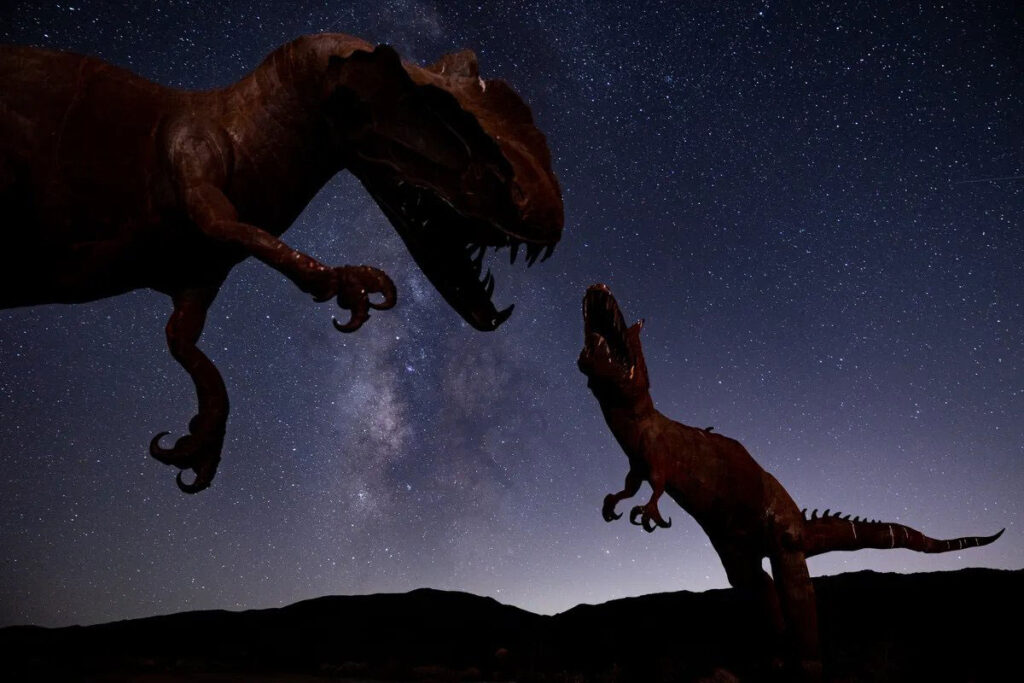According to Lisa Kaltenger, president of the Carl Siegen Institute, today’s Earth light signatures have become a model for identifying habitable planets; But in the past, this biological effect was more prominent and showed better signs of life.
The researchers examined the past 540 million years of the earth’s evolution and the chemical traces that were published in the intervals of 100 million years. Earth’s atmosphere has changed dramatically throughout evolutionary history. For example, there was no fire on Earth for billions of years before cyanobacteria began to harness sunlight and release oxygen into the atmosphere. Before that, methane was abundant on the planet thanks to emerging bacterial life.
The Phanerozoic Era only makes up 12% of Earth’s recent history, but contains almost all life forms more complex than microbes and sponges. During this period, the oxygen level fluctuated between 15 and 30 percent. We know that things below 13% do not burn, and more than 35% matter burns so well that it will no longer be possible to grow forests and preserve them.
With the growth of dinosaurs, oxygen had reached its peak of 30%. If we find such a sign on another planet, it can probably be a sign of the presence of giant creatures on that planet.
By examining the history of the last 540 million years, the researchers found two pairs of chemical effects of oxygen and methane, as well as ozone and methane, which were more pronounced about 100 to 300 million years ago than today. In addition to telling us what our planet was like in the past, these signs will also help correct our view for the search for exoplanets and extraterrestrials. There is also the hope that it will become easier to find signs of life, especially complex life, in the cosmos.
Research results in Journal of the Royal Astronomical Society were published



![This is the 3D version of Telegram [تماشا کنید]](https://pcjow.com/wp-content/uploads/2023/11/telegram-visionos-version-screenshot-6553c5e37c0c309f944332b5-150x150.jpeg)